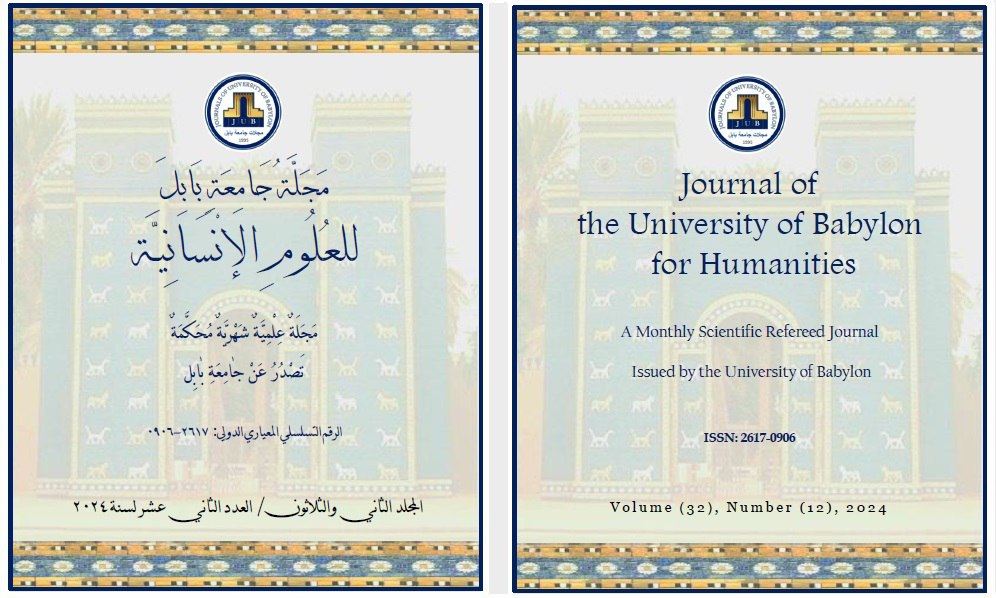Stream of Consciousness in Point of Light Novel: Vision and Structural Paradoxes
Main Article Content
Abstract
“Stream of Consciousness” novel is considered one of the modern experimental novel forms that departed from the traditional form, relying on conveying the soul feelings and sensations, and the mind thoughts and imaginations; thus, it allowed characters to clearly express their narrative visions within the novel structural system. The use of this experimental technique also affected its artistic structure and plot, as reliance on character’s internal dialogues and psychological obsessions made its narrative text lack coherence and regularity, and not adhere to chronological or logical order in narrating events; this made the novel built on temporal paradoxes and the fragmentation of its narrative units; thus, it departed from the norm of the traditional narrative structure.
This narrative form is represented in “Point of Light” by Bahaa Taher. The light, hero seeks for, is soul’s light illuminating its darkness. He expressed it through his inner dialogues and struggles with himself, using multiple techniques of (stream of consciousness), having an impact on forming the narrative vision in the novel and making the structural paradoxes in its narrative text. Thus, it initiated by defining “stream of consciousness” concept and its development. Then, it shows its narrative techniques diversity, including direct and indirect internal monologue, free association, visions, and dreams. Then it shows the impact of self-introspection and internal dialogue on shaping the narrative vision. Finally, it sheds light on how the temporal paradoxes of streaming texts, affected on the novel structure. The study uses the integrative approach which is suitable to ideas diversity.
Article Details
Issue
Section

This work is licensed under a Creative Commons Attribution 4.0 International License.

